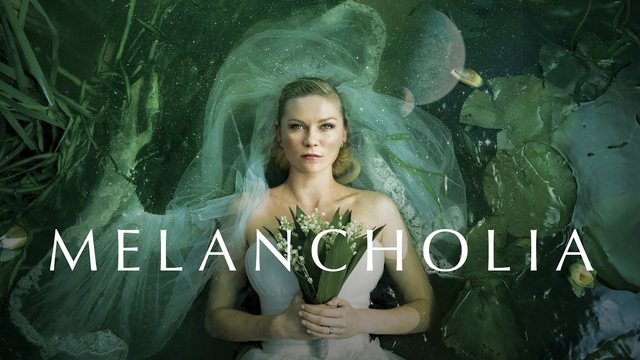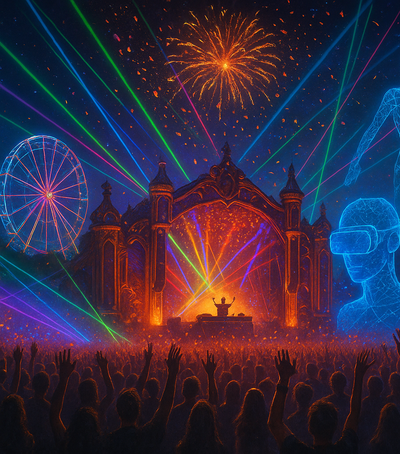
Lars von Trier, drawing on his own experience with depression, portrays it in “Melancholia” through a distorted sense of time and relationships. The film opens with a slow montage, showing the end of the world and the film, and then continues with Justine and Michael’s wedding reception. Through a fragmented narrative, where time alternates between moments of the celebration and Justine’s departures, Von Trier immerses the viewer in the experience of a mind in crisis.
The film is filled with artistic references – from Millais’s “Ophelia” to Bruegel’s “Hunters in the Snow” – reinforcing the sense of melancholy and absurdity. Wagner’s music emotionally connects this troubled world, while the oblique narrative challenges traditional perceptions of reality.
In the second part, as the planet Melancholia approaches to destroy Earth, Justine finds peace while her sister Claire panics. In the end, the film itself becomes a reflection on the illness, depicting depression as a state where everything is distorted, time stops, and the body becomes heavy. “Melancholia” remains a powerful and polarizing work, a profound exploration of human sadness.
Source: https://www.youtube.com/watch?v=FPkANZ9HGWE





